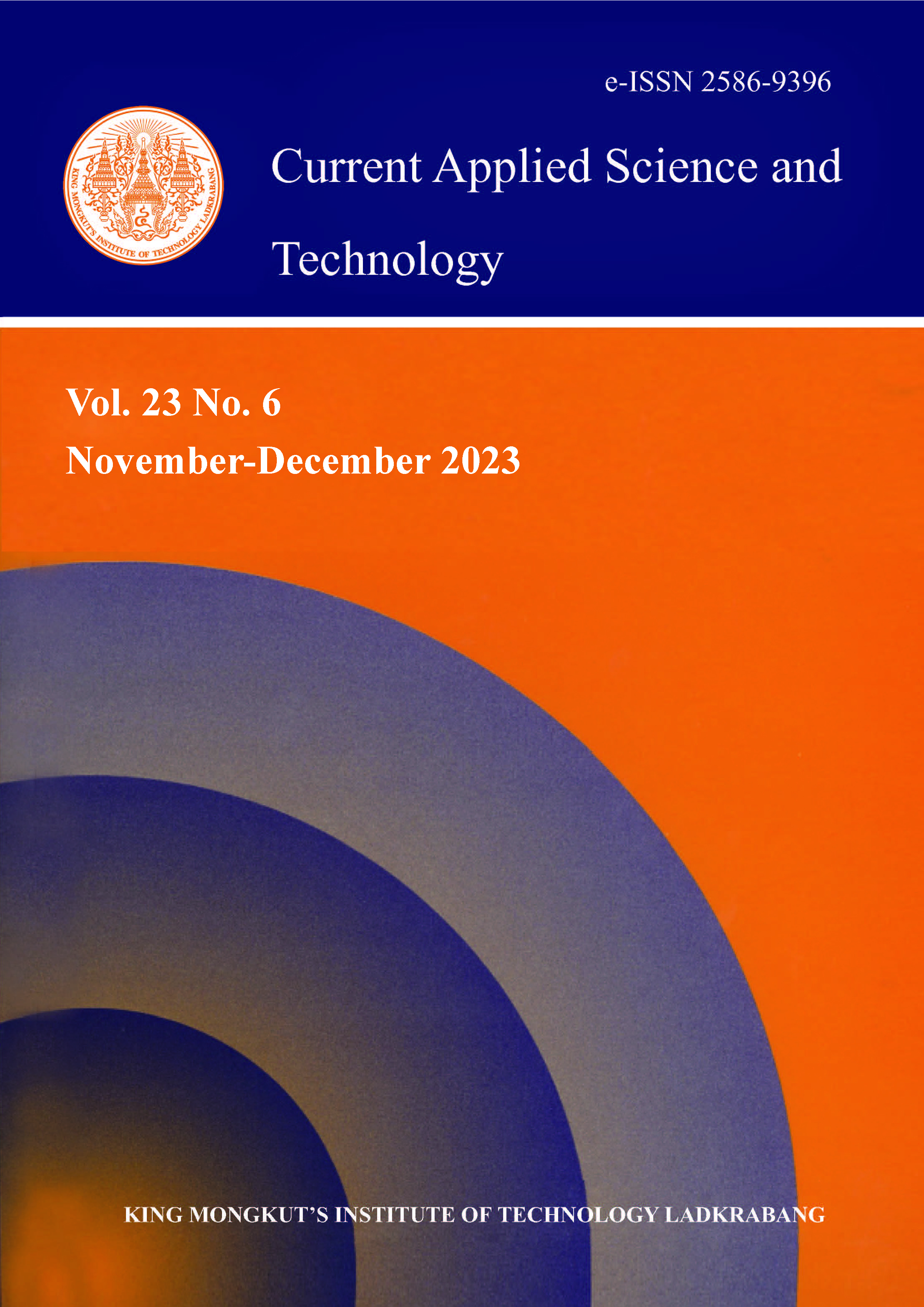In this work, we employed a machine learning framework to predict the thermoelectric power factors of materials based on their composition and structure. To generate a broad range of materials for analysis, we sourced an existing dataset from the Materials Project database. The electronic transport properties, which serve as the output variables, were obtained from the same database via a Boltzmann transport theory calculation beyond ab-initio method. These properties were used to generate input data, or material descriptors, which rely solely on atomic information and crystal structure without recourse to density functional theory calculations. The descriptors were transformed into numerical features using the open-source software Matminer. Non-linear machine learning regression models were trained and tested on the transformed datasets, and their performance was evaluated. The optimized random forest model produced the most accurate predictions, with a yield of 88%. The ultimate goals of this research were to develop material selection strategies that bypass the need for self-consumption in density functional theory calculations, and to demonstrate the potential of machine learning models to describe the thermoelectric properties of existing materials datasets.
Keywords: thermoelectric; machine learning; neural network; random forest
*Corresponding author: Tel.: (+66) 869020207
E-mail: kittiphong.am@kmitl.ac.th
Sungphueng, P. ., & Amnuyswat*, K. . (2023). Thermoelectric Prediction from Material Descriptors Using Machine Learning Technique. CURRENT APPLIED SCIENCE AND TECHNOLOGY, DOI: 10.55003/cast.2023.06.23.014 (9 pages). https://doi.org/10.55003/cast.2023.06.23.014

